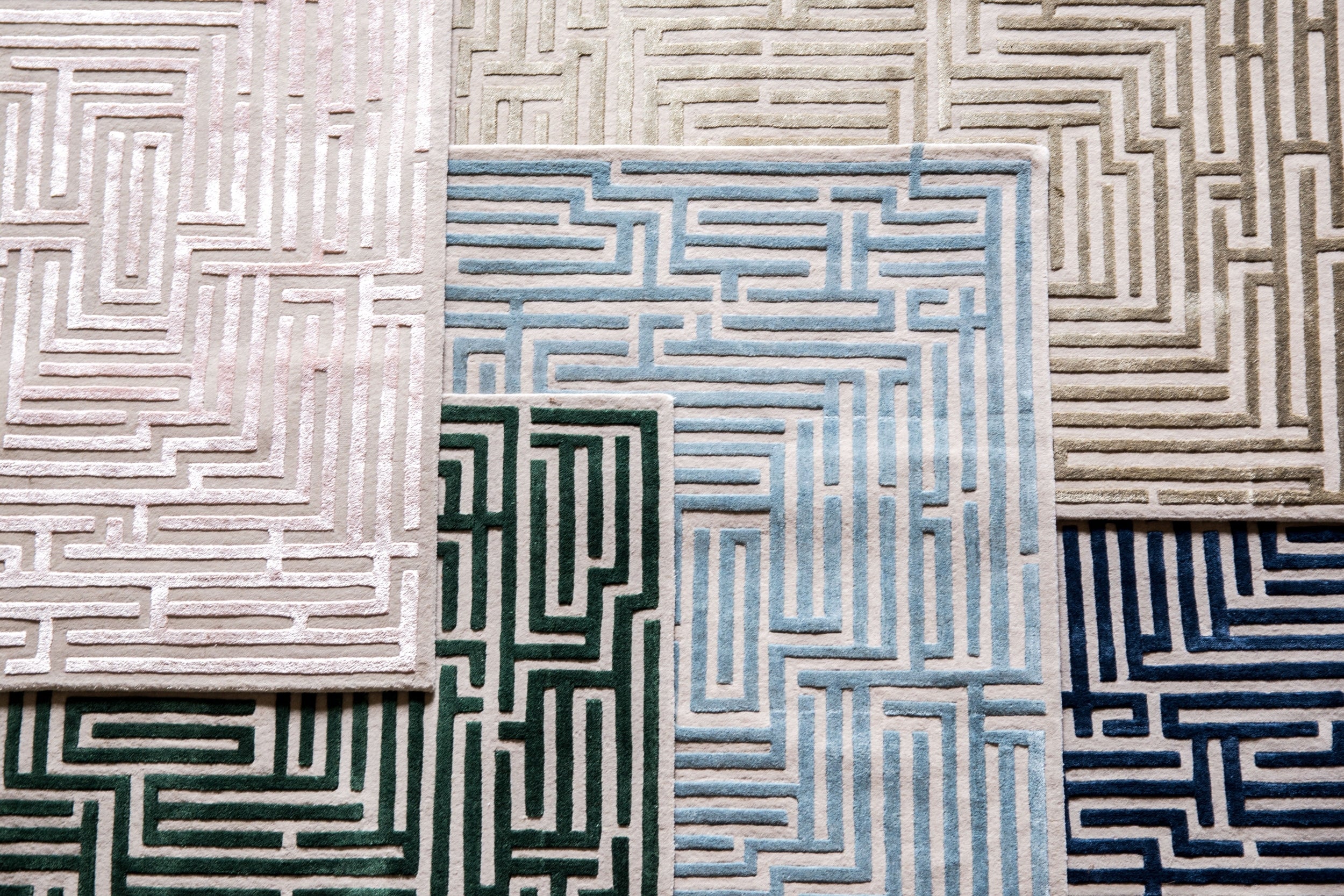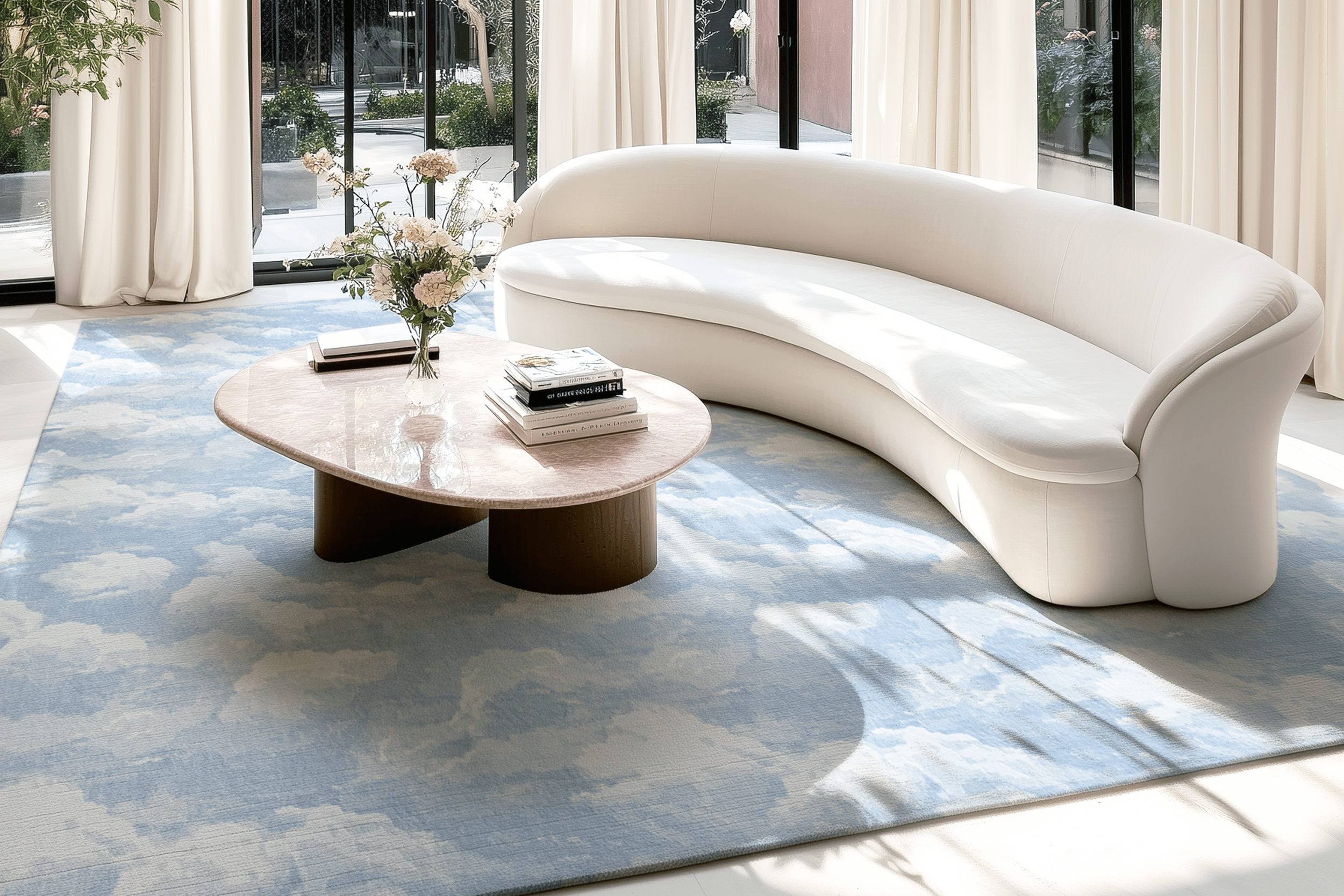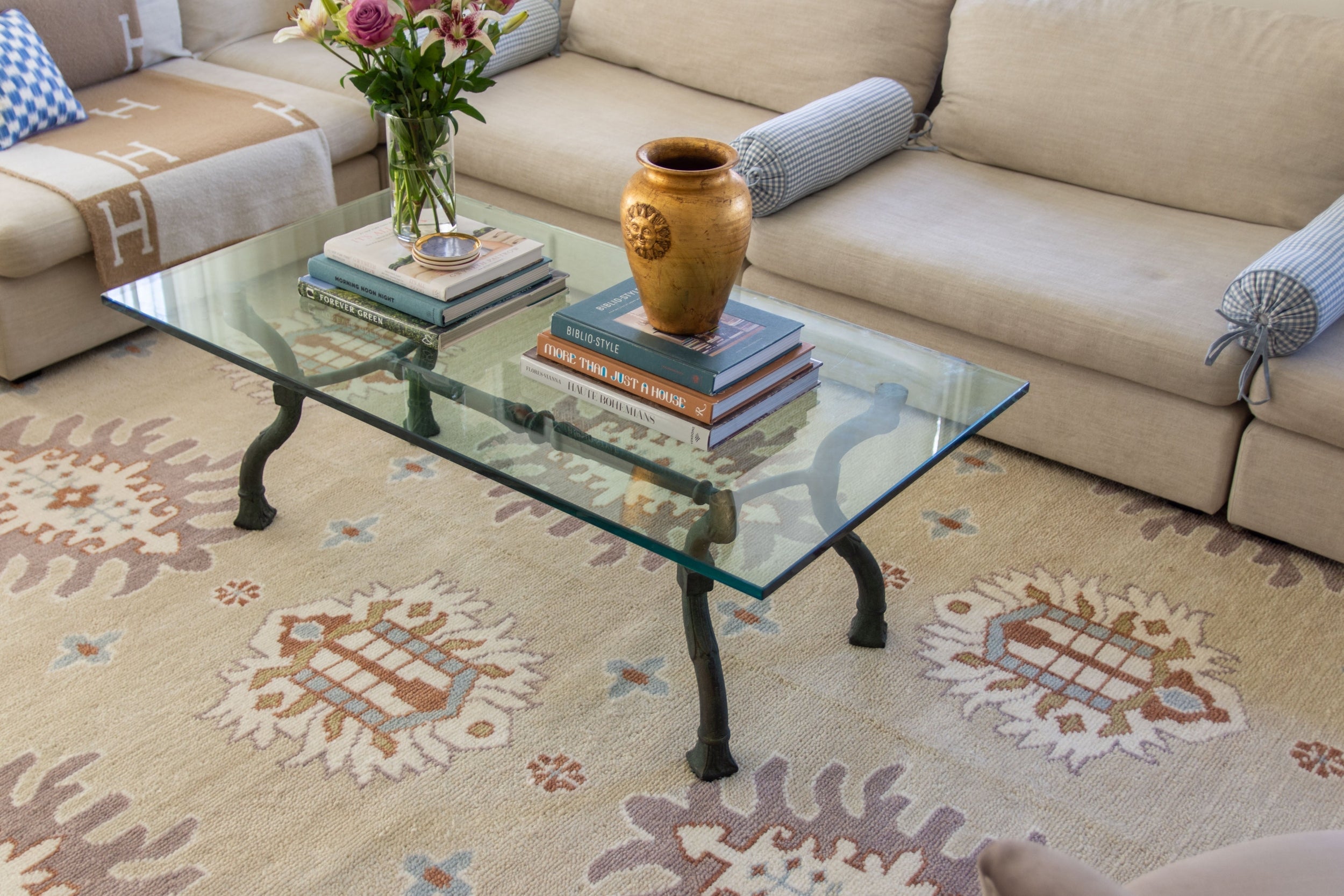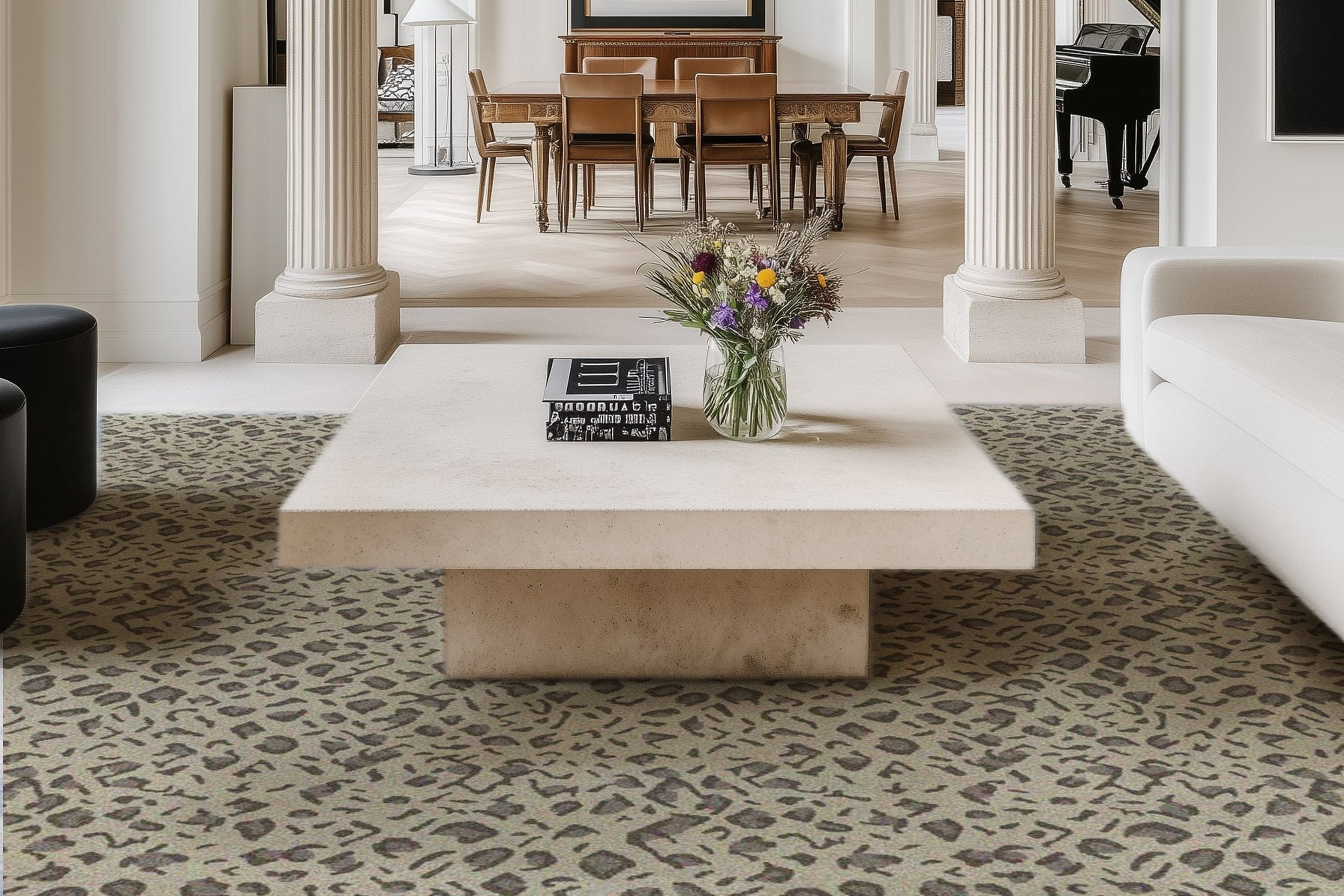5 Powerful Ways to Enhance Mental Health Through Interior Design

Interior design not only defines the aesthetic of your home, it also has a huge impact on your emotional and mental health. Poor interior design choices can make a small space can seem cold and confining while good choices can turn the same space into a cozy and comforting space that reduces stress and improves overall mental wellness. This is why it is important to invest time in layout planning and deciding what you want from your space, including mood and practicality.
How to Enhance Mental Health Through Interior Design
Each of us is unique which is why your space needs to be designed specifically for you and your loved ones – a space that will help you unwind and allow your mind to relax. If possible, design and create a small “calm zone” in your home where you can practice meditation or other de-stressing techniques to improve your mental health. You can also try other mind-body therapies, such as somatic therapy for mental health, which helps you release any stress and tension that you have in your body. Here are a few other ways in which interior design can be used to improve mental health:
1.Bring Nature Indoors
There is a lot of research, including this study, that proves that having indoor plants reduces physiological and psychological stress and promotes comfortable and soothed feelings. You may feel that a small house offers no space for plants but you would be dead wrong. Even if you have a small house with no storage, you can take advantage of your vertical spaces with wall shelves to place your potted plants. If you don’t have much time to care for indoor plants, pick plants that look good but are low maintenance. For instance, pothos plants thrive even without sunlight and their heart shaped leaves are gorgeous! You can also add succulents like the jade plant to your shelf as they don’t require much sunlight and don’t need regular watering. You can put your plants on a high shelf so that they add greenery to your room without getting in your way.
2.Use Calming Colors
Light colors such as white, beige, light grey, and light neutrals reflect more light compared to darker colors. These light colors contribute to an airy feel even in small spaces. If you don’t like these colors, you can consider pastels like pale blue, soft mind or even lavender to add color to your room while maintaining a calming and airy atmosphere. You can also use deeper colors like forest green or earth tones for accents which will create contrast without shrinking your space. If you want to be able to change your accent colors from time to time, you can use rugs, accent pillows or decor pieces that you can swap whenever you like. Natural wood finishes for your flooring or ceiling beams can add warmth to your room which fosters a more tranquil and grounded feel.
3.Maximize Natural Light
It is common knowledge that our bodies produce Vitamin D when exposed to sunlight. However, studies show that it may also help our bodies create serotonin, the “happy” hormone. This hormone is important because it helps us stay emotionally stable, calmer, and happier. Bringing natural life into your room will not only make your home appear more spacious but will also improve your mood and overall mental health. Wall windows and skylight roofs are easy but effective ways to maximize natural light in tiny houses and create the illusion of a larger space.
4.Personalize your space
Houses displayed in design catalogues and online magazines are often visually appealing but they are staged and designed to appeal broadly. These houses lack emotional depth and character and if you try to mimic these designs, they will not reflect your personality. Personalize your home with family photos, memorabilia or artwork that you enjoy. This creates a sense of emotional connection and belonging and it is a place that encourages you to relax and let go of all your cares and worries from the moment you enter the door.
5.Avoid overdecorating
While it is important to add personal touches to your home, you need to be careful not to go overboard. If you try to force too many of these items into your space, it will make your home appear cramped and cluttered. What’s more, all these personal items that are meant to bring joy to your life will have the opposite effect as you will start to feel overwhelmed by them. Organizing and decluttering a tiny house will help to eliminate the emotional and mental effects of clutter and gives you a chance to free up and enjoy your space.
Browse by Category

Design Projects
Explore interiors from client work and personal renovations — layered, livable, and always in progress.
read more →
Collaborations
From product launches to styled spaces, discover the brand stories I’ve helped bring to life.
read more →
The Notebook
A growing archive of iconic designers, inspiring artists, and unforgettable design moments.
read more →
Travel by Design
Wander with a designer’s eye — from charming hotels and city guides to visual inspiration abroad.
read more →




